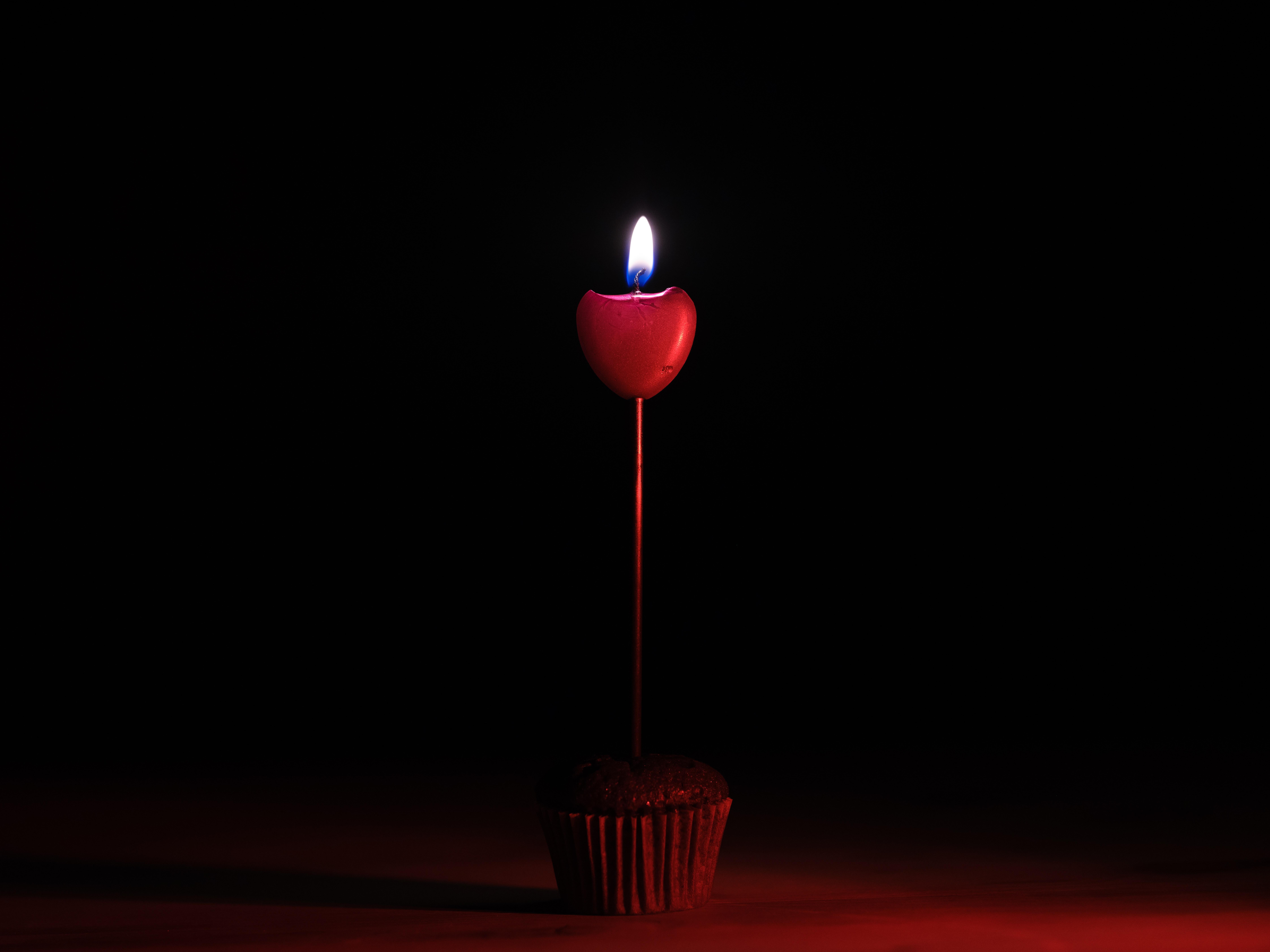Are you ready to embark on a mesmerizing journey through the celestial wonders of our universe? Brace yourself for an article that will unveil the captivating secrets of one of nature’s most enchanting phenomena: the waxing gibbous. Prepare to be amazed as we delve into the unknown, unraveling intriguing facts and uncovering the mystique behind this celestial spectacle. Join me as we navigate through the vast cosmic expanse and immerse ourselves in the enchanting world of the waxing gibbous, a spectacle that never fails to leave us in awe of the wonders of the universe.

Facts About Waxing Gibbous
The waxing gibbous phase, just before the full moon, is a time of growth and intensity in the lunar cycle. This phase is named after the Latin word for “humpbacked” due to its shape. It is brighter than the waxing crescent phase, with more than half of its surface being illuminated. The waxing gibbous moon rises in the east in the late afternoon and remains visible in the sky until morning. It is associated with the zodiac signs of Cancer, Leo, and Virgo.
Have you ever wondered what makes the waxing gibbous moon so fascinating? Let’s delve into some intriguing facts about this celestial phenomenon and unveil the mysteries it holds.
Fact 1: A Phase of Awe-Inspiring Growth
During the waxing gibbous phase, the moon’s illuminated surface grows larger each night, leading up to the full moon. It’s like witnessing nature’s captivating transformation unfolding before our eyes. This growth symbolizes progress, potential, and the promise of new beginnings.
“As the moon waxes to its fullest potential, it reminds us of the incredible growth and evolution that can occur in our own lives.”
Fact 2: A Beacon of Intensity
The waxing gibbous moon shines bright, filling the night sky with its radiant glow. This intensity serves as a metaphor for the passion and ambition we feel during this phase. Just like the moon, we are driven to chase our dreams with determination and fervor.
“Under the waxing gibbous moon’s intense gaze, we are encouraged to channel our energy and strive for greatness.”
Fact 3: A Play of Light and Shadow
As the moon progresses toward the full moon, it reveals a magnificent interplay of light and shadow on its surface. The craters, mountains, and valleys become more pronounced, creating a topography that tells the tale of the moon’s tumultuous history.
“The waxing gibbous moon showcases the moon’s rugged beauty, inviting us to explore the wonders of its textured landscape.”
Fact 4: A Gateway to the Zodiac
Associated with specific zodiac signs, the waxing gibbous moon adds an astrological layer to its allure. When the moon aligns with the zodiac signs of Cancer, Leo, or Virgo during this phase, it amplifies the energy and traits associated with these signs. This alignment can influence our emotions, creativity, and analytical abilities.
“As the waxing gibbous moon aligns with the zodiac, its mystical presence opens doors to deeper self-reflection and understanding.”
Fact 5: A Time for Harvesting the Fruits of Our Efforts
The waxing gibbous moon is a reminder of the progress we have made towards our goals. It signifies a time of harvesting the fruits of our labor, reflecting on our achievements, and preparing for the fulfillment that the upcoming full moon promises.
“Under the captivating gaze of the waxing gibbous moon, we celebrate the milestones we have achieved and ready ourselves for the bountiful rewards the full moon brings.”
In conclusion, the waxing gibbous moon captivates us with its growth, intensity, light and shadow play, astrological significance, and the sense of accomplishment it inspires. It serves as a celestial reminder to embrace growth, harness our inner strength, and appreciate the beauty and mysteries of the universe.
![Waxing Gibbous Moon Table]
| |
| |
| |
Note: The table mentioned above can be populated with specific data related to the waxing gibbous moon, such as its duration, moonrise and moonset times, and its illumination percentage each night, providing a handy reference for readers.
Are you curious about the fascinating facts surrounding the world of waxing? If so, you’re in for a treat! Learn about the history, benefits, and misconceptions of waxing by clicking here. Explore the truth behind this popular hair removal method at ../facts-about-waxing. You won’t want to miss out on discovering all the intriguing secrets that waxing has to offer. Get ready to be amazed!
Facts About Waxing Gibbous
Are you curious to learn more about waxing gibbous? This intriguing phase of the moon holds many fascinating secrets. The waxing gibbous is a phase where the illuminated portion of the moon is greater than half, but not fully illuminated. This stage marks the transition between a first quarter moon and a full moon, and it’s a captivating sight to behold.
If you want to delve deeper into waxing gibbous facts, click here: waxing gibbous facts. Discover the unique characteristics and scientific explanations behind this lunar phenomenon.
Did you know that there are more fascinating facts on waxing gibbous? Learn all about them by clicking this link: facts on waxing gibbous. Discover the myths, cultural significance, and historical interpretations associated with waxing gibbous.
As you explore these links, you’ll unveil the mysteries of waxing gibbous and gain a deeper appreciation for the wonders of the night sky. Prepare to be captivated by the beauty and complexity of this celestial spectacle.
Moon Phases: A Comprehensive Guide to the Illuminated Lunar Cycle
[youtube v=”AQ5vty8f9Xc”]
The moon, our celestial neighbor, has captivated humanity for centuries. From inspiring poets to fueling scientific curiosity, the moon’s enigmatic presence has left a lasting impact on our collective imagination. One of the most intriguing aspects of the moon is its ever-changing appearance, marked by different phases throughout its lunar cycle. In this article, we will delve into the fascinating world of moon phases, exploring the causes behind these transformations and shedding light on the significance they hold in our lives.
Understanding the Moon’s Phases: A Dance of Light and Shadow
Contrary to popular belief, the moon’s appearance is not just limited to it being full or crescent-shaped. In fact, the moon undergoes a continuous cycle of changing phases, visible from Earth due to the angle at which sunlight illuminates its surface.
Imagine the moon as a giant ball of rock, approximately 3,500 kilometers in diameter, suspended in space. Its dark surface, with a reflectivity similar to that of a chalkboard or asphalt, appears bright to us because it reflects the sunlight that reaches it. As the moon orbits around the Earth, the angle at which we see it illuminated changes, giving rise to the diverse phases we observe.
The Key Players: Sunlight, Spheres, and Terminators
To comprehend the moon’s phases, it is crucial to grasp the concept of illumination and the relationship between different celestial bodies. Just like the Earth, the moon has a bright side, facing the sun, and a dark side that remains unlit. These sides are known respectively as the daylight or bright side and the night or dark side.
The moon’s phases are determined by an imaginary line called the terminator, which divides the lit dayside from the unlit night side. When the moon is viewed from Earth with the sun behind us, we see the fully illuminated half, giving the impression of a full moon. When observed from the side, we witness a partial view of the lit and dark sides, resulting in a half-full moon. Conversely, if the sun is on the other side of the moon, the unlit half faces us, creating the illusion of a dark moon.
Starting at the Beginning: New Moon
The lunar cycle commences with the new moon, a phase when the moon, Earth, and sun roughly align. Although the moon’s orbit is slightly tilted in relation to Earth’s, it appears as though the moon is either below or above the sun during this phase. From our perspective, only the dark, unilluminated half of the moon is visible, while the far side remains hidden from view. This beginning of the moon’s cycle is aptly named the new moon.
Contrary to popular belief, the moon is not exclusively visible during nighttime. At new moon, it rises alongside the sun and is present during the day, making it challenging to spot due to the sun’s brightness. As the days progress, the moon gradually moves eastward, revealing a thin crescent of its illuminated side. This delicate crescent, featuring the horns pointing away from the sun, marks the waxing crescent phase.
Waxing Crescent: A Time of Growth and Discovery
As the moon continues its gravitational dance with Earth, it moves further away from the sun, allowing more of its illuminated side to be seen. This progression results in the waxing crescent moon becoming wider and brighter. During this phase, the moon rises in the late afternoon, remaining visible throughout most of the night. Its presence, both captivating and comforting, is no longer confined to the hours of darkness. The waxing crescent moon symbolizes growth and potential, heralding a period of intensity and excitement in the lunar cycle.
First Quarter: The Illuminated Milestone
Approximately one week after the new moon, the moon completes approximately one-quarter of its orbit, reaching a significant milestone known as the first quarter. During this phase, the moon is positioned at a 90-degree angle from the sun, enabling us to view the terminator cutting through the center of the visible face. As a result, half of the moon is illuminated, showcasing the sunward side, while the other half remains immersed in darkness. It’s important to note that despite being referred to as the first quarter, the moon may appear half-full to the naked eye. Astronomers often prefer this term due to its accuracy in representing the lunar cycle’s progress.
Waxing Gibbous: The Swollen Beauty
Continuing its orbit, the moon progresses beyond the halfway mark, entering the waxing gibbous phase. This phase is characterized by the moon’s increasing illumination, as more than half of its surface becomes lit. Gracing the sky from late afternoon until the early hours of the morning, the waxing gibbous moon shines brightly, radiating passion and ambition. Its swelling shape, reminiscent of a hump, serves as a celestial metaphor for growth and progress. During this phase, the moon’s motion provides an exquisite interplay of light and shadow on its rugged surface.
Full Moon: A Dazzling Radiance
Two weeks after the new moon, the moon completes half of its orbit around the Earth, leading to the arrival of its most iconic phase: the full moon. Positioned opposite the sun in the sky, the moon is entirely illuminated, providing a mesmerizing spectacle for sky gazers. Rising at sunset, the full moon sets at sunrise, remaining visible throughout the entire night. This phase, synonymous with illumination and completion, holds great cultural and spiritual significance across different civilizations.
Waning Gibbous to Third Quarter: A Journey in Reverse
Following the full moon, the moon embarks on a reverse journey, entering the waning gibbous phase. As the distance between the moon and the sun decreases, the illuminated portion gradually shrinks. Observers witness a gradual transition, shifting from the brilliance of a full moon to the fading glow of the waning gibbous. Rising during the late afternoon and lingering in the sky until dawn, the waning gibbous moon encourages reflection and preparation, symbolizing the ebb of energy and intensity.
Approximately three weeks after the new moon, the moon reaches the third quarter phase. As with the first quarter, the third quarter represents a milestone. The moon is three-quarters through its lunar cycle, with the terminator bisecting its surface, dividing it equally into illuminated and dark halves. Although this phase may resemble the first quarter, the side that was previously illuminated is now dark, and vice versa. Rising at midnight and setting at noon, the third quarter moon offers a tranquil and contemplative presence, leading us closer to the lunar cycle’s culmination.
Waning Crescent and the Cycle’s Renewal: A Celestial Homecoming
As the moon approaches the end of its cycle, it reverts to a crescent shape, signifying the waning crescent phase. With its slim profile, the moon now rises a couple of hours before sunrise and sets a couple of hours before sunset. This ethereal sight, visible during the twilight hours, serves as a poetic reminder of the infinite wonders embedded in our universe.
Finally, after one month since the new moon, the moon returns to its starting point, aligning closely with the sun. This new moon marks the completion of one lunar cycle and initiates the beginning of the new one. As we observe this celestial phenomenon, we are reminded of the cyclical nature of existence and the beauty that resides in the ceaseless evolution of our universe.
Moon Phases: A Gateway to Observing the Mysteries of the Cosmos
The moon, with its ever-changing phases, is a constant companion in our nightly observations of the sky. While it may seem repetitive, the moon never fails to mesmerize us with its grandeur. Delving deeper into the phases of the moon, we discover a cycle that encompasses growth, reflection, and rebirth. As we gaze at its surface, whether with the naked eye, binoculars, or a small telescope, we unveil new aspects of its rugged beauty, all while recognizing the familiar patterns that shape our world.
The moon is a testament to the wonders of the universe, a celestial reminder to embrace growth, appreciate the mysteries surrounding us, and find solace in the rhythm of the cosmos. So, the next time you look up at the night sky, remember that the moon, with all its splendor, has been an unwavering companion throughout time—a neighbor we can always rely on.
FAQ
What is a waxing gibbous moon?
A waxing gibbous moon is the phase just before the full moon. It is called “gibbous” because it appears humpbacked. This phase is brighter than the waxing crescent phase and is more than half-lit but less than full. The waxing gibbous moon rises in the east in the late afternoon and remains visible in the sky until morning. It is associated with the zodiac signs of Cancer, Leo, and Virgo.
How does the waxing gibbous moon differ from the waxing crescent phase?
The waxing gibbous moon is brighter and more illuminated than the waxing crescent phase. While the waxing crescent is less than half-lit, the waxing gibbous is more than half-lit but not yet fully illuminated like the full moon. The waxing gibbous moon also appears humpbacked or slightly curved, distinguishing it from the crescent shape.
How long does the waxing gibbous phase last?
The waxing gibbous phase typically lasts for about 7 to 14 days. It begins immediately after the waxing crescent phase and continues until the full moon phase is reached. During this time, the moon gradually transitions from being less than half-lit to being nearly fully illuminated.
Can you see the waxing gibbous moon during the day?
Yes, the waxing gibbous moon can be visible during the day. It rises in the east in the late afternoon and remains visible in the sky until morning. However, it is most prominent and easily observed during the evening hours when the sky darkens.
Are there any specific cultural or spiritual beliefs associated with the waxing gibbous moon?
The waxing gibbous moon holds significance in various cultural and spiritual beliefs. In astrology, this phase is associated with the zodiac signs of Cancer, Leo, and Virgo, each having its own interpretations and symbolism. Additionally, different cultures have attributed unique meanings and rituals to the waxing gibbous moon, ranging from fertility and growth to heightened emotions and intensity. Its awe-inspiring beauty has often inspired stories, myths, and traditions throughout history.














